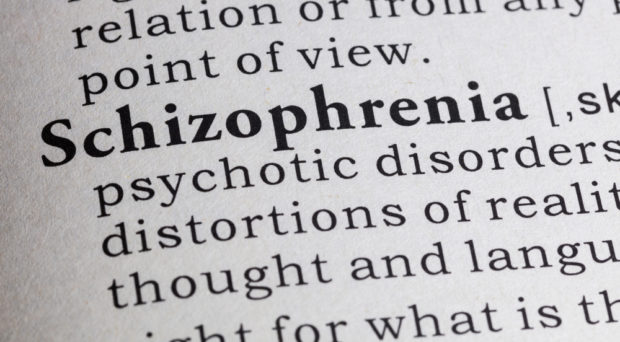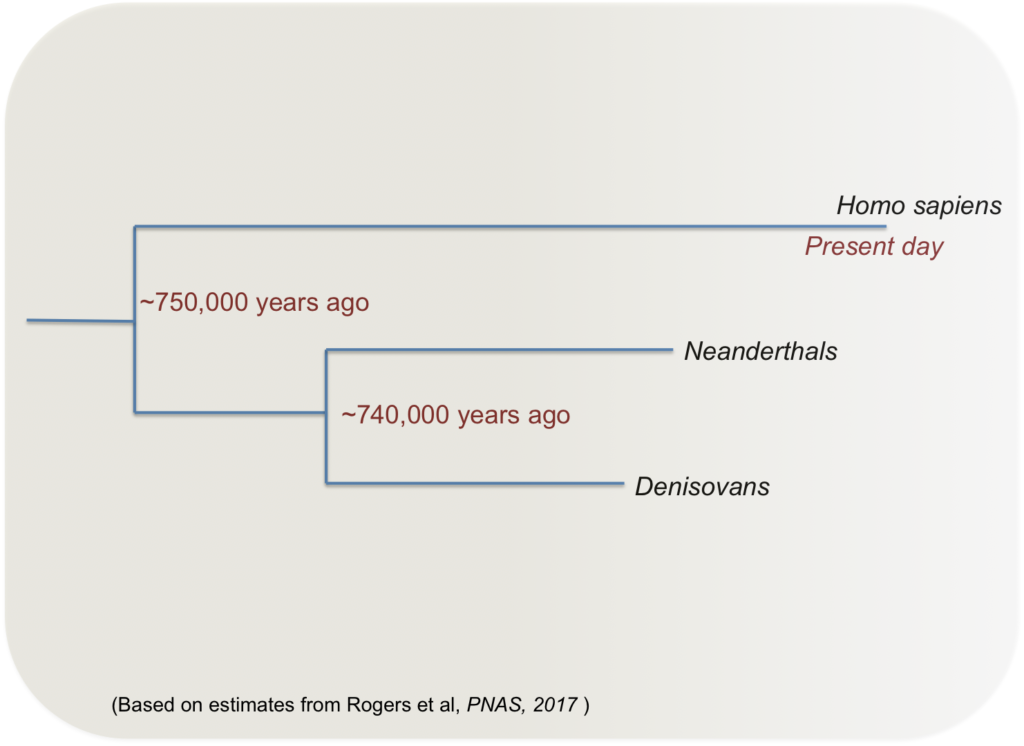
Schizophrenia conjures up many images in one’s mind. Popular culture has depicted characters with the disease in films such as ‘Fight Club’ and ‘A Beautiful Mind’. But what is the disease really?
There are records since at least the emergence of the written alphabet, that describe signs and symptoms which today would be called schizophrenia.
For starters, schizophrenia is extremely complex and manifests itself in myriad ways. It is a psychiatric disorder that primarily affects one of the most, if not the most, important organs in our body: the brain. In the clinic, a presentation of the so-called positive symptoms: hallucinations and delusions along with negative symptoms: apathy and depression for a period lasting anywhere from one to six months tends to be classified under the category of Schizophrenia.
There are records since at least the emergence of the written alphabet, that describe signs and symptoms which today would be called schizophrenia. Furthermore, these records exist in cultures that have been separated by geography and time. This is one of the defining features of the disease – a global lifetime prevalence of 1% that does not depend on where or when one is born.
A stable global prevalence
Manifestation of this disease across cultures and millenia makes one wonder why natural selection, seems to neither eliminate nor reduce the prevalance of the disease. The disease usually manifests in late adolescence to early 20’s, the prime period of reproduction. Yet despite the observation of reduced fecundity amongst patients, the disease persists.
While many hypotheses have been suggested to explain the persistence of the disease, the most prominent is Timothy J. Crow’s ‘evolutionary hypothesis’, put forward more than twenty years ago. This hypothesis stipulates that the disease is a by-product of the evolution of the human mind – that language and psychosis are connected. This was initially very difficult to test as there was no way to determine when language nor psychosis manifested first in the human lineage.
However, the sequencing of the entire human genome opened many frontiers, including the possibility of tracing evolutionary events that shaped humans. Recent work has traced the evolution of DNA methylation on the human genome since the divergence from the common ancestors of Neanderthals and Denisovans. Such regions of the human genome, with variable methylation between humans, Neanderthals and Denisovans are termed as differentially methylated regions or DMRs for short.

Examining DMRs for Schizophrenia associated SNPs
In our work, published in BMC Evolutionary Biology, we build upon the results of these DMRs. We systematically investigated whether these regions are enriched for individual nucleotides on the human genome, otherwise known as single nucleotide polymorphisms (SNPs). These SNPs have been associated with Schizophrenia and twelve other traits through previous genome-wide association studies (GWAS). Our findings indicate that the human DMRs but not Neanderthal or Denisovan DMRs harbour more SNPs associated with Schizophrenia than can be expected by chance alone.
An important caveat to keep in mind is the fact that GWAS studies only help to determine regions of the human genome (SNPs) associated with a trait/disease and seldom to variants that are causative. More often than not, the results from GWAS instead point to markers involved in various developmental pathways or regions that regulate the complex orchestra of protein formation in the human body. Thus even when we say schizophrenia associated SNPs, the SNPs in and of themselves are merely associated and not causative of the disease.
The lack of enrichment of Neanderthal or Denisovan DMRs for SNPs associated with Schizophrenia could be interpreted in at least two different ways. The first and obvious interpretation is that the regions delineating methylation differences in our evolutionarily extinct cousins did not harbour more genetic variants associated with schizophrenia than expected by chance. This might make us tempted to believe that they may have been devoid of symptoms classified as schizophrenia.
We show that regions of the human genome whose methylation has changed specifically in the human lineage, over evolutionary time, are enriched for schizophrenia associated SNPs.
However, such an interpretation is potentially misleading due to limitations in the methodology and materials for analyses. The genetic variants we analysed have been mapped to the human genome. However we do not know if the Neanderthal and Denisovan genomes possess any genetic variants associated with schizophrenia. A crude way to solve this issue would be to try an alignment of the genome sequences of humans, Neanderthals and Denisovans and determine sequence similarity in the regions associated with schizophrenia, but this is easier said than done.
The second interpretation would be that the methylation changes that occurred in the human lineage since the divergence from Neanderthals and Denisovans, at least in-part have co-occurred in genomic regions harbouring schizophrenia risk variants. This interpretation has the support of other genetic studies that looked at only the underlying human genome sequence, i.e the DNA, that have been under selective pressure for enrichment of Schizophrenia associated SNPs.
Our results on these DMRs , together with other genetic studies are now beginning to lend support to the evolutionary hypothesis of schizophrenia formulated by TJ Crow. We show that regions of the human genome whose methylation has changed specifically in the human lineage, over evolutionary time, are enriched for schizophrenia associated SNPs.
Since methylation is oftentimes influenced by the environment, our results may also suggest the environments experienced by our ancestors might have contributed to the variable methylation in genomic regions associated with schizophrenia. We are still a long way off from proving language and psychosis are linked. However, we and others have now shown that at a group-level, recent evolution may in part have made us vulnerable to schizophrenia.
Comments